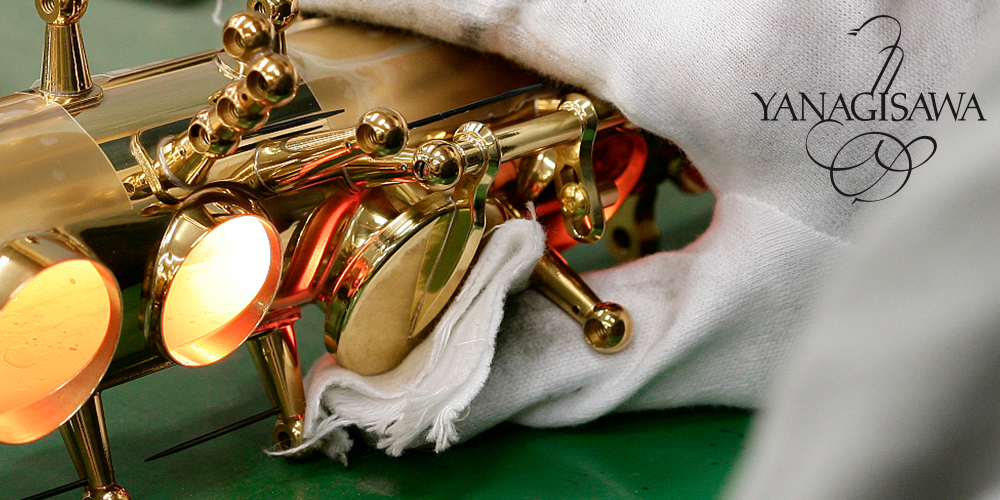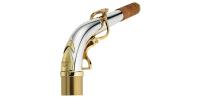Saxophone Disinfection Advice from Yanagisawa
"Here’s some advice from Yanagisawa about the most effective and safe methods of using disinfectants on saxophone instruments, components and accessories. "

Saxophone care and cleaning is – as it has been all year – an all-important factor in helping reduce the risk of virus transmission.
Here’s some advice from Yanagisawa about the most effective and safe methods of using disinfectants on saxophone instruments, components and accessories.
Yanagisawa’s research has found that applying antiseptics – especially chlorine-based disinfectants – can result in instrument discolouration and deterioration. The Japanese saxophone manufacturer therefore recommends the following advice and set of best practices to ensure your saxophone remains hygienic but does not become damaged or discoloured.
- DO NOT use chlorine-based disinfectants. Ingredients contained within chlorine-based disinfectants may lead to corrosion, deterioration, discoloration, lacquer staining, peeling, etc.
- DO NOT directly spray or apply any types of disinfectant directly onto your saxophones body or components.
- DO NOT soak any components (including mouthpieces). If disinfectant enters the key system, it may cause damage or deterioration. Pay particular attention not to apply disinfectant to pads and corks as these are particularly susceptible to damage.
- DO NOT use chlorine or ethanol-based antiseptics on Ebonite mouthpieces or Yany SIXS ligatures (features ebonite spacers). In addition, do not use heat, such as hot water, steam, microwave, oven, etc. for disinfection. There is a risk of discoloration and deformation.
- DO use ethanol-based disinfectants. Gently wipe your sax body and mouthpiece with ethanol-based disinfectant soaked in a SOFT, non-abrasive cloth. Immediately wipe off the instrument using a DRY, non-abrasive cloth – removing all residue.
- DO make sure your hands are thoroughly dried after disinfection and before touching your instrument. Disinfectant remaining on your fingers may cause corrosion or damage, especially around thumb rest, thumb hook and side key areas - these are at a higher risk of discolouration and deformation.





